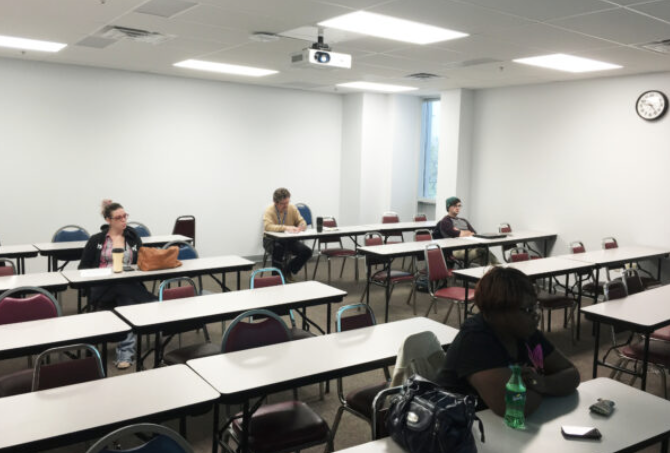In Loudoun County and across Virginia, public schools are scrambling to address chronic absenteeism—not because it suddenly became an urgent educational concern, but because state funding is possibly threatened. When Governor Glenn Youngkin linked absenteeism rates to school performance metrics in the 2023–24 academic year, school systems quickly responded—not with improved discipline or engagement policies, but with a renewed obsession over numbers.
The renewed focus is not about getting kids back on track; it’s about protecting funding and preserving optics. Said another way, it’s about looking good instead of doing good by the students.
Before COVID-19, schools had well-defined, enforceable procedures to deal with chronic absenteeism. Missing 10 consecutive school days typically triggered a chain of actions: notification of Child Protective Services (CPS), a student became unenrolled, and parental intervention was mandated. But between 2019-2020 and 2022-23, those policies were largely ignored. Students who vanished for weeks were simply unenrolled and re-enrolled upon return—no accountability, no follow-up, no support.
Even now, the enforcement of absenteeism policies is transferred to already overburdened teachers, who are tasked with the bulk of tracking and reporting no-show students, as well as getting them back on track via test re-take and credit recovery policies. Schools are consumed with meeting new performance requirements while sidestepping the harder, more important question: Why are students disengaging in the first place, and how do we re-engage them?
The Loudoun County School Board has done little to address this foundational issue. Rather than leading a serious conversation about why students are unmotivated and therefore not meeting functional life skill preparedness for life after graduation, the Board continues to operate in reactive mode—more concerned with metrics than outcomes. Testing re-take policies and credit recovery programs are manipulated to mask failure and boost graduation rates, not fix it. Students are passed along towards graduation because the numbers tied to performance metrics demand it.
Again, showing good instead of doing good.
To understand how deeply these performance metrics drive decision-making, take a look at the Virginia Department of Education’s official guidance: VDOE Performance-Based Accreditation Guide. It shows how graduation rates and absenteeism feed directly into accreditation—and by extension, state and federal funding.
Is the School Board’s primary purpose job to manage appearances, or to make sure students graduate prepared to work, serve, and thrive? It seems more the former and less the latter.
Do these problems fall entirely on the Loudoun County School Board? Yes and no is the correct answer. No, because lawmakers in Richmond write legislative policy for schools to follow, and Superintendent Aaron Spence and his staff inside the county’s education headquarters in Ashburn write, edit, present and enforce accepted policy to comply with the desired outcomes decreed in Richmond.
According to his LCPS bio, Spence is a “passionate and visionary leader in public education”, but taxpayers, parents and voters want practical and expedient solutions to what ails our schools, not more passion tucked inside another mission statement.
On the other hand yes, the Loudoun School Board deserves the lion’s share of the blame. They are the governing board allowing this. They have the ultimate veto power — the power to fire a failing administration and speak loudly for the taxpaying constituents who voted them into power.
Chronic absenteeism is just one of many indicators that Loudoun’s schools are not meeting that standard—our students are paying the price today, and that price increases exponentially in the future if we don’t fix our schools.
NEWSLETTER SIGNUP
Subscribe to our newsletter! Get updates on all the latest news in Virginia.



